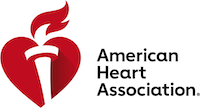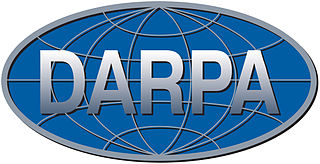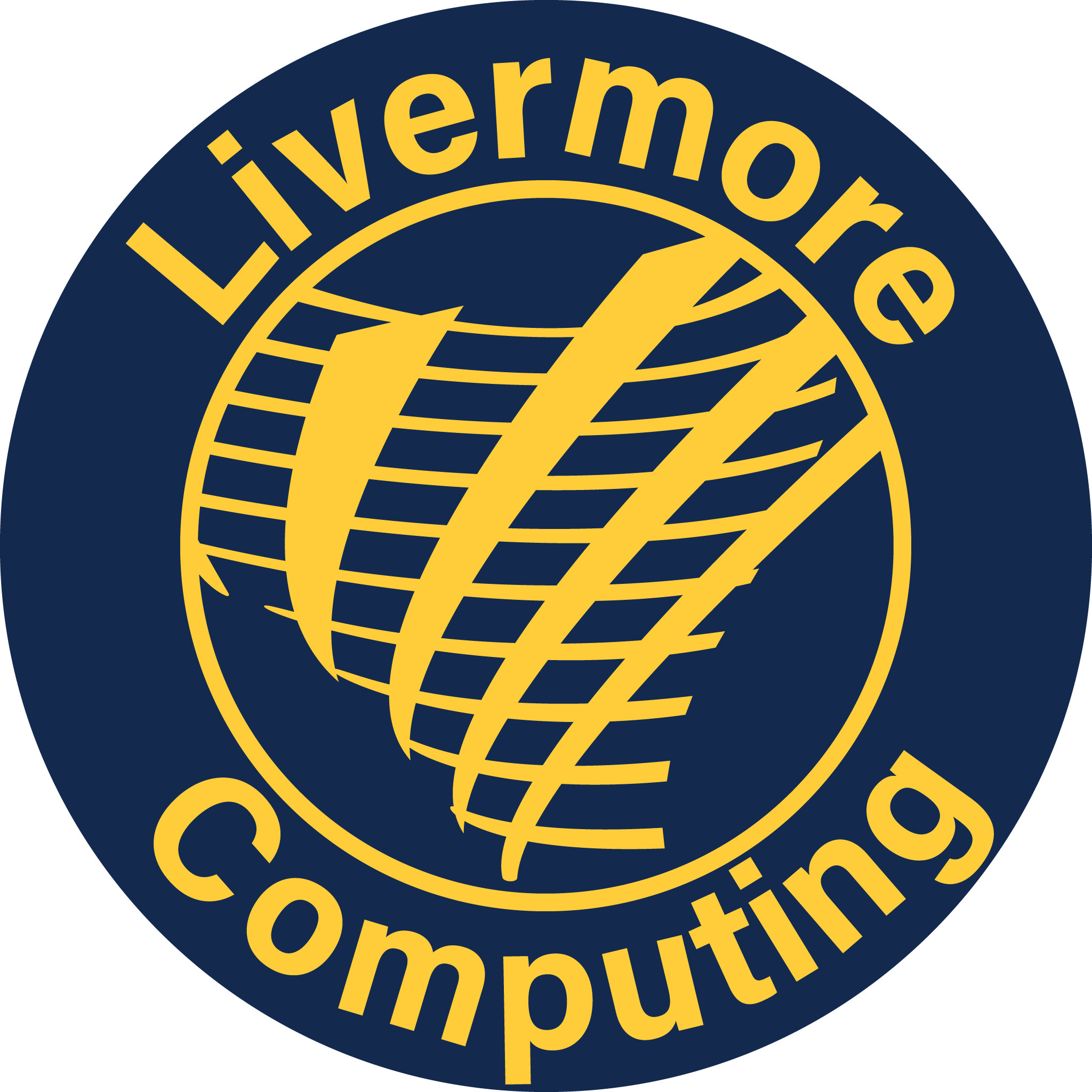The Lawrence Livermore National Laboratory / American Heart Association
CoViD-19 Data Portal
Acknowledgments

|
The infrastructure for this web portal and database were adapted – with the generous permission of the American Heart Association – from the “American Heart Association / Lawrence Livermore National Laboratory Atlas” of human-protein/small-molecule interactions. The Atlas is funded by the American Heart Association Center for Accelerated Drug Discovery under a collaborative research and development agreement (CRADA TC02274). Other elements originally funded by the AHA include
|

|
The AMPL safety and pharmacokinetic properties models were developed under the ATOM (“Accelerating Therapeutics for Opportunities in Medicine”) consortium, a public-private partnership founded by GSK, Lawrence Livermore National Laboratory, Frederick National Laboratory for Cancer Research, and the University of California, San Francisco. |

|
The following elements of the data provided in this web portal were supported by Laboratory Directed Research and Development (LDRD 20-ERD-065) at Lawrence Livermore National Laboratory.
|

|
The antibody machine learning and simulation design platform was supported by DARPA contract HR0011940414 and HR0011832631. Application of this platform was supported by Laboratory Directed Research and Development (LDRD 20-ERD-032) at Lawrence Livermore National Laboratory. |

|
The SARS-CoV-2 protein homology model development and binding-pocket and ligand predictions were supported by Laboratory Directed Research and Development (LDRD 20-ERD-062) at Lawrence Livermore National Laboratory. All calculations were performed on Livermore Computing resources. We thank Livermore Computing for the generous allocation of computer time on Lassen, Corona, Quartz, Pascal, Surface, and Catalyst. |

|
We would like to thank nVidia for optimizing our machine learning and molecular dynamics simulation codes on the V100 GPUs in Lassen. |

|
We would like to thank AMD for optimizing our machine learning and and molecular dynamics simulation codes on MI50 GPUs in Corona. |